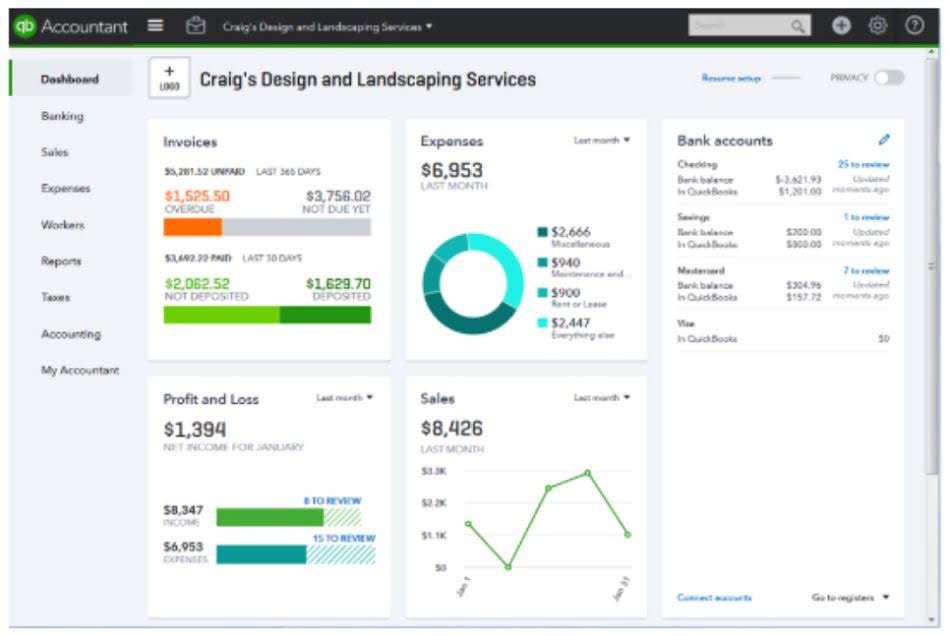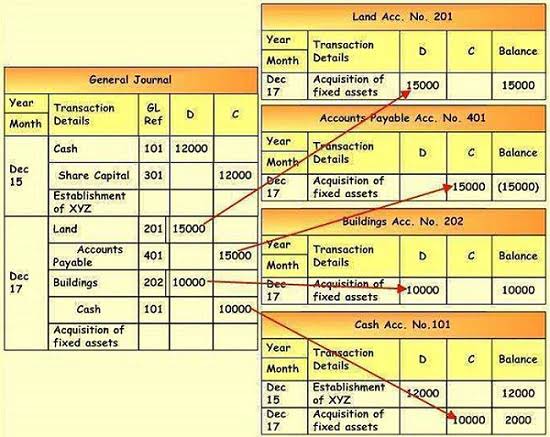1 1: Define Managerial Accounting and Identify the Three Primary Responsibilities of Management Business LibreTexts

Suppose one of the controls put into place is to measure the sales in the current stores to determine if selling the company’s products in new stores is adding new sales or merely moving sales from existing stores. This control measure, same-store sales, must be evaluated to determine the effect of the decision to expand the selling of products within the state. This control measure will be evaluated by comparing sales in the current year in those stores to sales from the prior year in those same stores.
- This information is used to prepare income statements, cash flow statements, and balance sheets, In smaller firms, you may end up performing these tasks yourself.
- It helps to prevent a company from running out of working capital to keep the business running.
- Constraints are limitations or restrictions that prevent a business process from fully materializing.
- Managerial accounting analyzes the incremental benefit of increased production – this is called margin analysis.
- Using their analytical skills, managerial accounting teams will analyze cash inflows and outflows, including non-expense items, to get a bigger picture of a company’s financial pulse.
- „Management accountants expand this base of skills to include knowledge of cost accounting and, my favorite, finance tools such as discounted cash flow,” Knese says.
Management accounting vs. financial accounting
In your study of managerial accounting, you will learn about many situations in which both financial and nonfinancial data or information are equally relevant. However, the qualitative aspects are typically not quantified in dollars but evaluated using some other standards, such as customers served or students advised. One planning tool discussed in Budgeting is the budgeting process, which requires management to assess the resources—for example, time, money, and number and type of employees needed—to meet current-year objectives. Managerial accounting is the process that allows decision makers to set and evaluate business goals by determining what information they need to make a particular decision and how to analyze and communicate this information. Let’s explore the role of managerial accounting in several different organizations and at different levels of the organization, and then examine the primary responsibilities of management.
What are the types of management accounting?

Cash flow analysis studies the impact of a single financial decision or transaction to see the true impact of that purchase or decision. Financial professionals may look at several options and ways to finance a purchase based on that analysis. Cash flow analysis lets organizations make informed financial decisions and maintain sufficiently liquid assets in the short term.
Which of these is most important for your financial advisor to have?

Moreover, financial statements are released on a regular schedule, establishing consistency of external information flows. This uniformity allows investors, lenders, and analysts to compare companies directly on the basis of their financial statements. Securities and Exchange Commission (SEC), establishes financial accounting rules in the United States. The sum of these rules is referred to as generally accepted accounting principles (GAAP).
- It compares the inflow and outflow of funds as documented in two comparative balance sheets.
- In addition to the financial gauges, organizations are now measuring efficiencies, customer development, employee retention, and sustainability.
- At any level, managers work closely with the managerial accounting team to help in each of these stages.
- Examples of reliable accounting software providers with automation features include QuickBooks, FreshBooks, and Oracle NetSuite.
- These pieces of information help business administrators put financial leverage to their most productive use.
- The women are surprised by how similar their questions are despite how different their jobs are.
- Essentially, the controlling function in management involves helping to coordinate the day-to-day activities of a business so that these activities lead to meeting corporate goals.
Financial accounting must conform to certain standards, such as generally accepted accounting principles (GAAP). All publicly held companies are required to complete their financial statements in accordance with GAAP as a requisite for maintaining their publicly traded status. Most other companies in the U.S. conform to GAAP in order to meet debt covenants often required by financial institutions offering lines of credit. All four of the management accountants interviewed say that the minimum requirement for becoming a management accountant is a bachelor’s degree. Knese says a good undergraduate education is important to develop the critical thinking skills you need in the field. The model in Figure 1.1.1 sums up the three primary responsibilities of management and the managerial accountant’s role in the process.
- The analysis and reports in management accounting statements are based on internal information and the statements and reports prepared in financial accounting.
- The biggest practical difference between financial accounting and managerial accounting relates to their legal status.
- However, for internal decision-making purposes, it might make more sense to include nonproduction costs that are directly linked to the product, such as sales commissions or administrative costs.
- But making the right decisions for your company over and over again can be a daunting challenge.
- Just like any other position, the salary of a management accountant depends on several factors including experience, specialties, education and designations, and the company for which you work.
Earn a bachelor’s degree.
Financial leverage refers to a company’s use of borrowed capital in order to acquire assets and increase its return on investments. Through balance sheet analysis, managerial accountants can provide management with the tools they need to study the company’s debt and equity mix in order to put leverage to its most optimal use. When a managerial accountant performs cash flow analysis, he will consider the cash inflow or outflow generated as a result of a specific business decision.
The control function helps to determine the courses of action that are taken in the implementation of a plan by helping to define and administer the steps of the plan. Essentially, the control function managerial accounting facilitates coordination of the plan within the organization. It is through the system of controls that the actual results of decisions made in implementing a plan can be identified and measured.
- A managerial accountant may run different scenarios by the department manager depicting the cash outlay required to purchase outright upfront versus the cash outlay over time with a loan at various interest rates.
- The main difference between managerial accounting and financial accounting is the users of the information generated.
- Cash flow analysis is a part of managerial accounting since companies need sufficient cash to meet their bills.
- „Each of these required passing a standard rigorous examination and meeting experience requirements. I value each of these credentials,” Knese says.
Funds flow analysis aims at providing an answer to the change in financial position as compared to other accounting periods. It compares the inflow and outflow of funds as documented in two comparative balance sheets. Budgetary control is another technique used for controlling costs in running a business. It is a technique used to guide and regulate the financial activities of a business.
Ask Any Financial Question
These techniques include forecasting, financial planning, and trend analysis, standard costing, budgetary control, funds flow analysis, and revaluation accounting. Bottlenecks cause delays in the business process of a company and can prove very costly in the end. The possible bottlenecks that may occur and their impact on the overall cash flow, revenue, and profit are determined by managerial accountants. Managers then use the generated information to optimize the whole business workflow to maneuver these constraints.
Comentarii recente